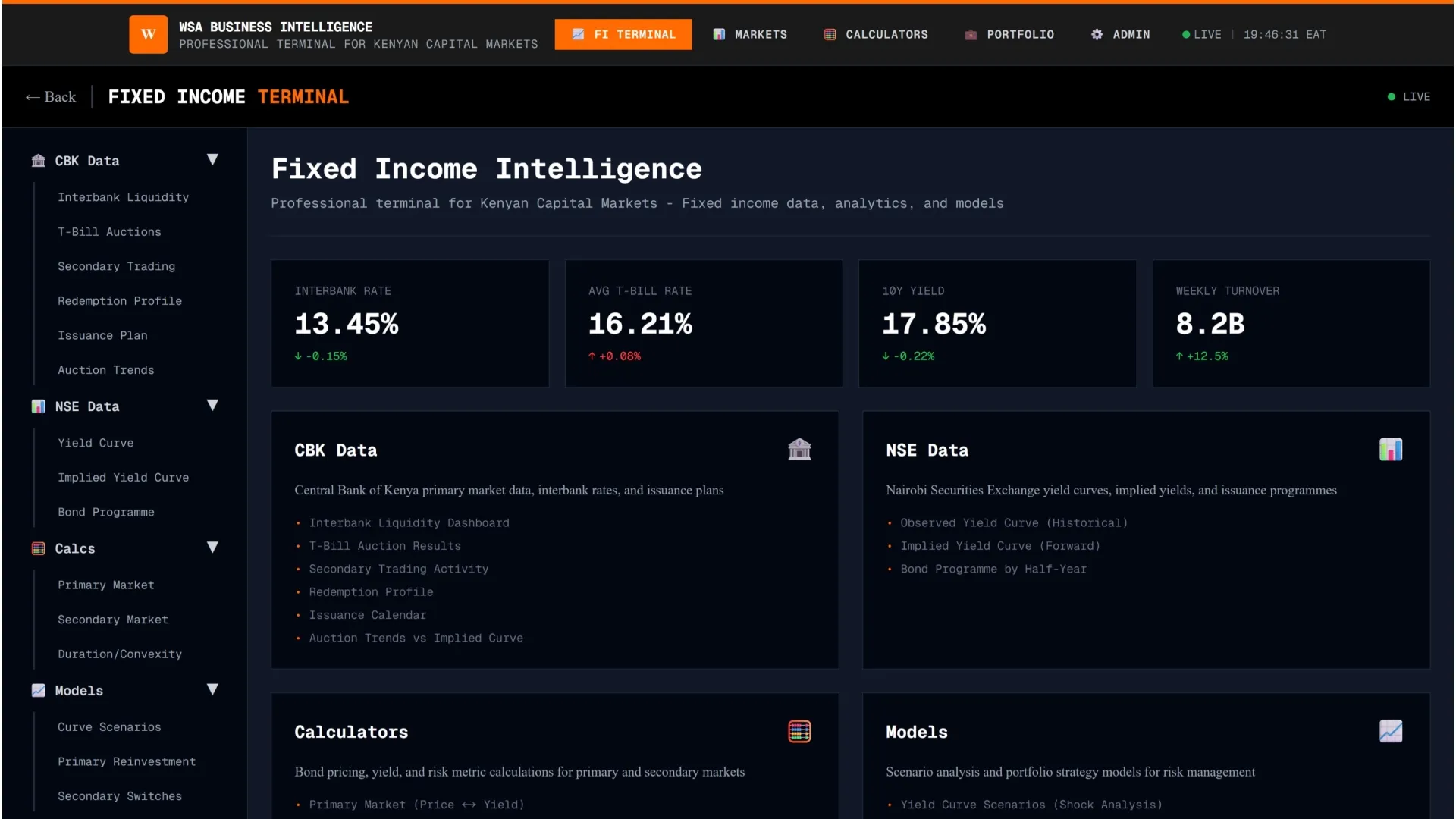Fish farmers have been experiencing stable and improved farm gate prices in nearly all major fisheries value chains for the past four years, data from the Kenya National Bureau of Statistics (KNBS) indicates.
- •There have been incremental earnings per kilogram since 2020 for fish from Cage, Pond, Marine and Freshwater sources.
- •It is only in 2023 when a kilogramme of fish from Marine sources dropped to Ksh221 from Ksh275.
- •The farm gate price for fish from pond sources recorded a marginal decline in 2022 to Ksh313 from Ksh319 the previous year, before recovering to Ksh325 per kilogramme in 2023 and Ksh340 per Kilogramme last year.
“The total quantity of fish landed increased by 4.4 per cent to 168.4 metric tonnes in 2024. Fish landed from fresh water sources decreased by 1.3 per cent to 119.8 metric tonnes in 2024. Aquaculture increased from 31.7 metric tonnes in 2023 to 33.3 metric tonnes in 2024. Fish production from marine sources increased by 21.7 per cent to 48.6 metric tonnes in 2024 attributable to the introduction of deep sea purse seining,” KNBS said in its analysis.
The farm gate price of freshwater, marine, pond, and cage fish increased by 3.4, 14.9, 4.6 and 6.7%, respectively in 2024. The area under pond farming increased to 14.7 million square metres and the production under pond farming increased to 8,110 metric tonnes. The production of cage farming increased by 8.0% to 25,450 metric tonnes in 2024.
During this year’s Madaraka Day Celebrations, the government said it is leveraging the sector to unlock vast potential in boosting the economy and job creation by setting up fish landing sites, developing fishing ports, and promoting cage fish farming.
“We are making deliberate and strategic investments in sustainable fisheries across lakes, dams, and oceans,” President William Ruto said during the celebrations in Homa Bay. This includes the development of the Liwatoni and Shimoni Fishing ports will further expand deep-sea fishing capacity to 24 vessels
He said the government has completed seven modern fish landing sites on the Indian Ocean coast and three on the shores of Lake Victoria. It is also setting up five landing sites in coastal counties, set for completion by September, and has planned nine more around Lake Victoria in several counties.
The Kabonyo Fisheries and Aquaculture Service and Training Centre of Excellence in Nyando, Kisumu, launched on November 1, 2024, is a flagship initiative under the State Department for Blue Economy and Fisheries that aims to enhance blue economy value chains by supplying fingerlings to fisherfolk in the Nyanza region and supporting the restocking of Lake Victoria.
The facility is designed to house a Nile Perch Technology and Innovation Centre, an Aquaculture Resource Centre, and the Kenya Fishing School. At the core of its operations will be a fingerlings production unit, which is expected to produce up to seven million fingerlings per quarter—including tilapia, catfish, and common carp—to support both lake restocking and local aquaculture enterprises.
To meet rising fish demand and ease pressure on wild stocks,Ruto said the government is promoting cage fish farming in Lake Victoria.




